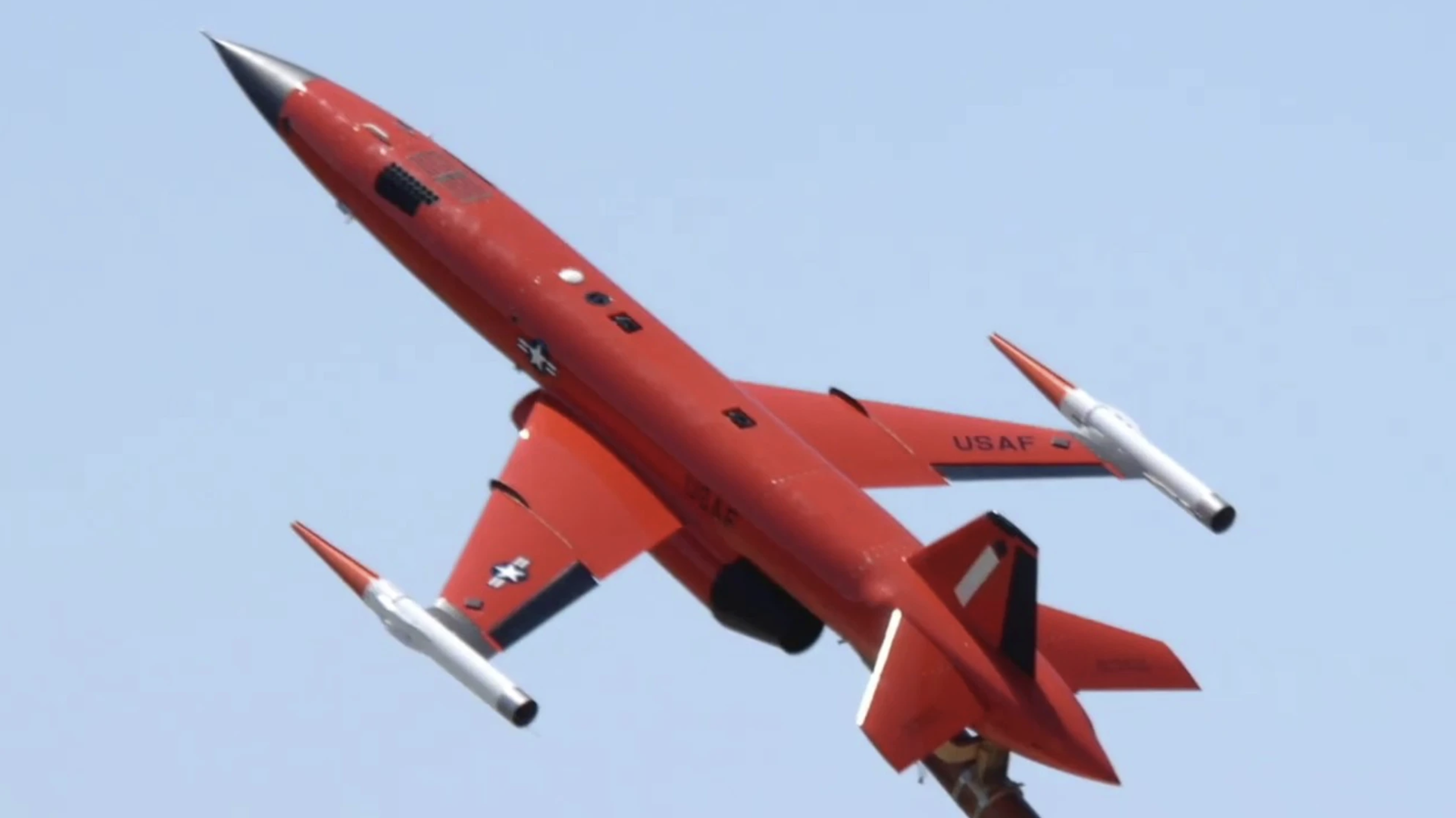
The U.S. Air Force has contracted with Kratos Unmanned Aerial Systems to build target drones with the ability to perform as high-fidelity enemy threat surrogates, simulating the characteristics of aircraft and missiles. The drones feature several different internal and external payloads, including: scoring, identification friend or foe (IFF), passive and active radar augmentation, electronic countermeasures, infrared plume pods, and internally stored chaff and flares. The potential $338.1 million US contract includes the manufacturing of the drones, out-of-warranty-repairs, and contractor logistics support.
The BQM-167A Air Force Subscale Aerial Target (AFSAT) drones are used by combat aircraft pilots at the Air Force 53rd Weapons Evaluation Group at Tyndall Air Force Base in Florida to test and evaluate air-to-air weapon systems and for evaluation and training exercises. They are high-performance, remotely controlled subscale aerial target drones built of carbon fiber and epoxy-based materials that help increase performance and endurance compared to previous targets, which were built mainly of aluminum. Each drone can carry 115 gallons (~435 liters) of fuel which enables them to operate for long periods, increasing the number of presentations per launch.
The BQM-167A can reach speeds from 230 to 600 knots true airspeed at sea level, and can perform G-turns to 9Gs, and other aerial acrobatic turns that emulate high-performance jet fighter aircraft. The drone is 10 feet long (~3 meters), has a 10.5-foot wingspan, can fly nearly at the speed of sound, and operates at altitudes from 50 feet to 50,000 feet (~15-15,000 meters above sea level.)
